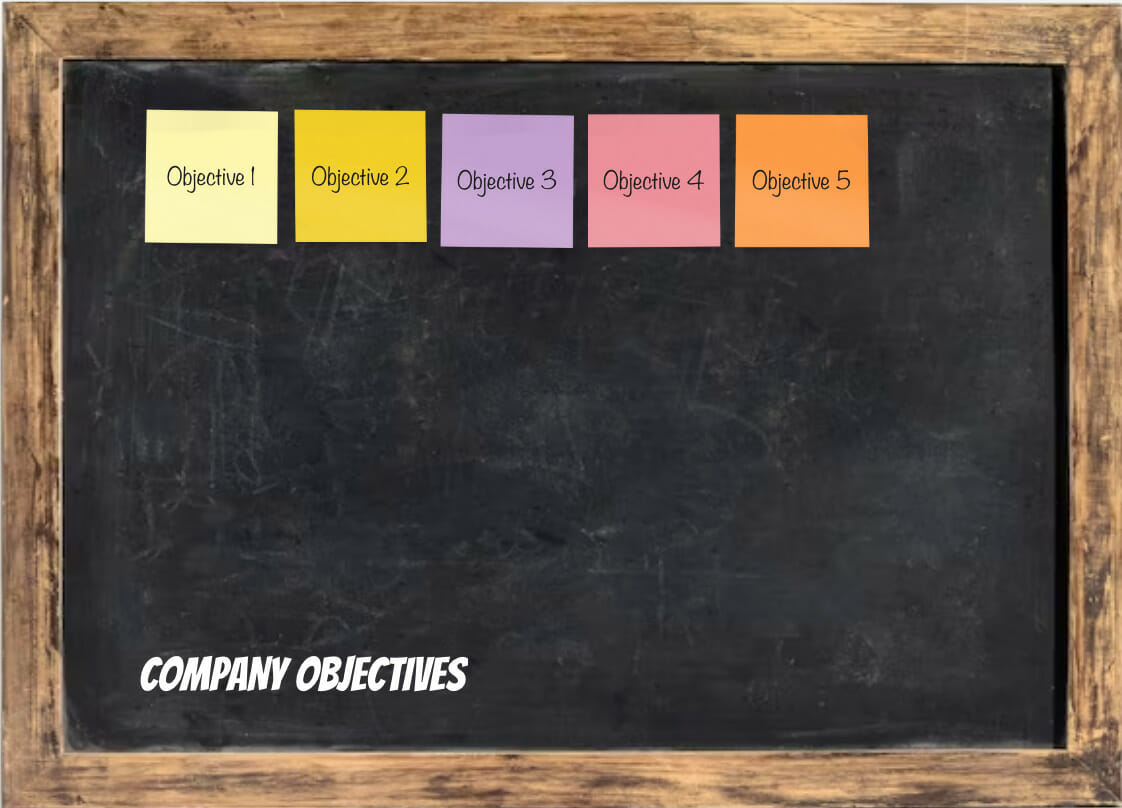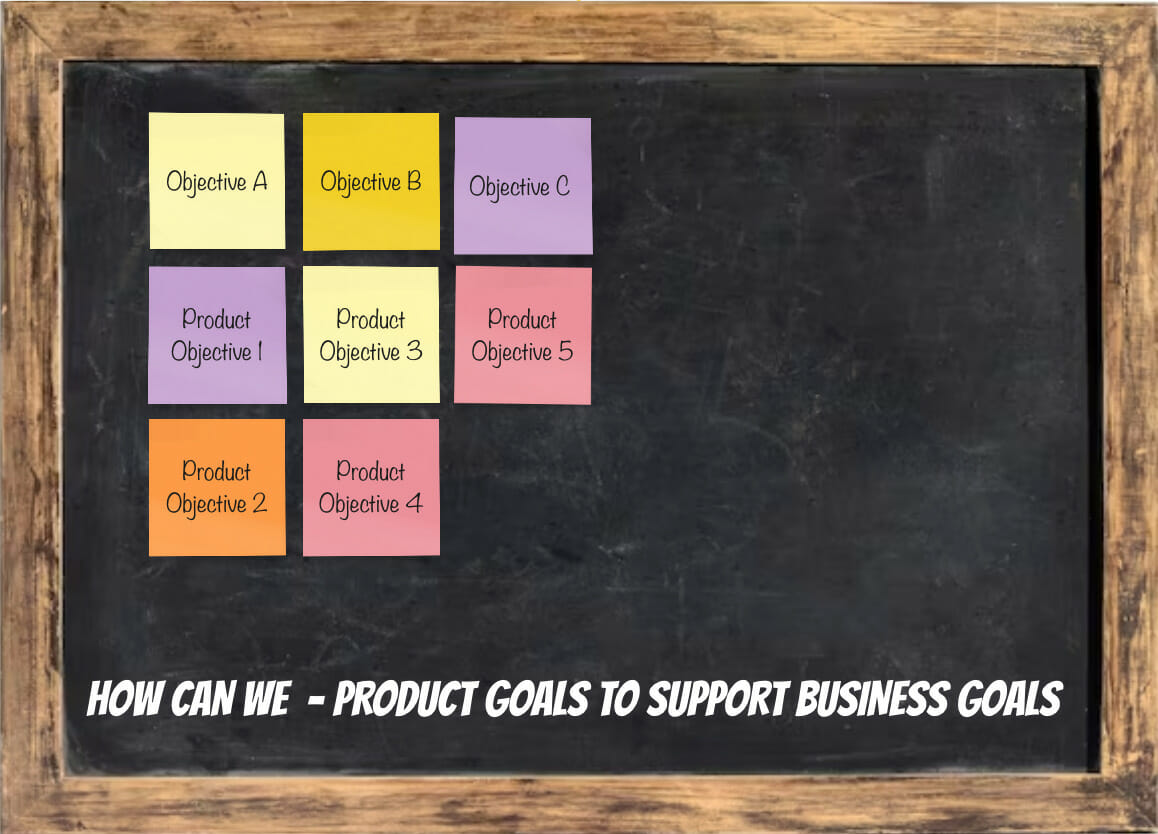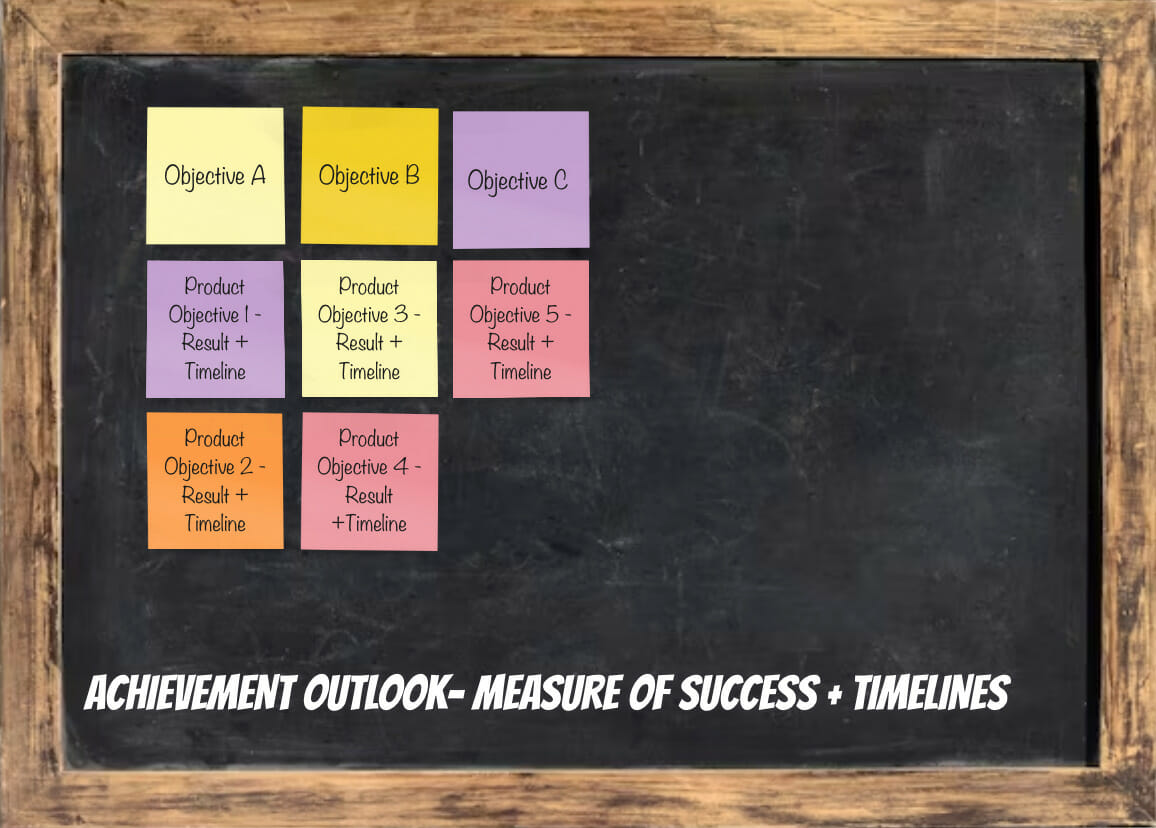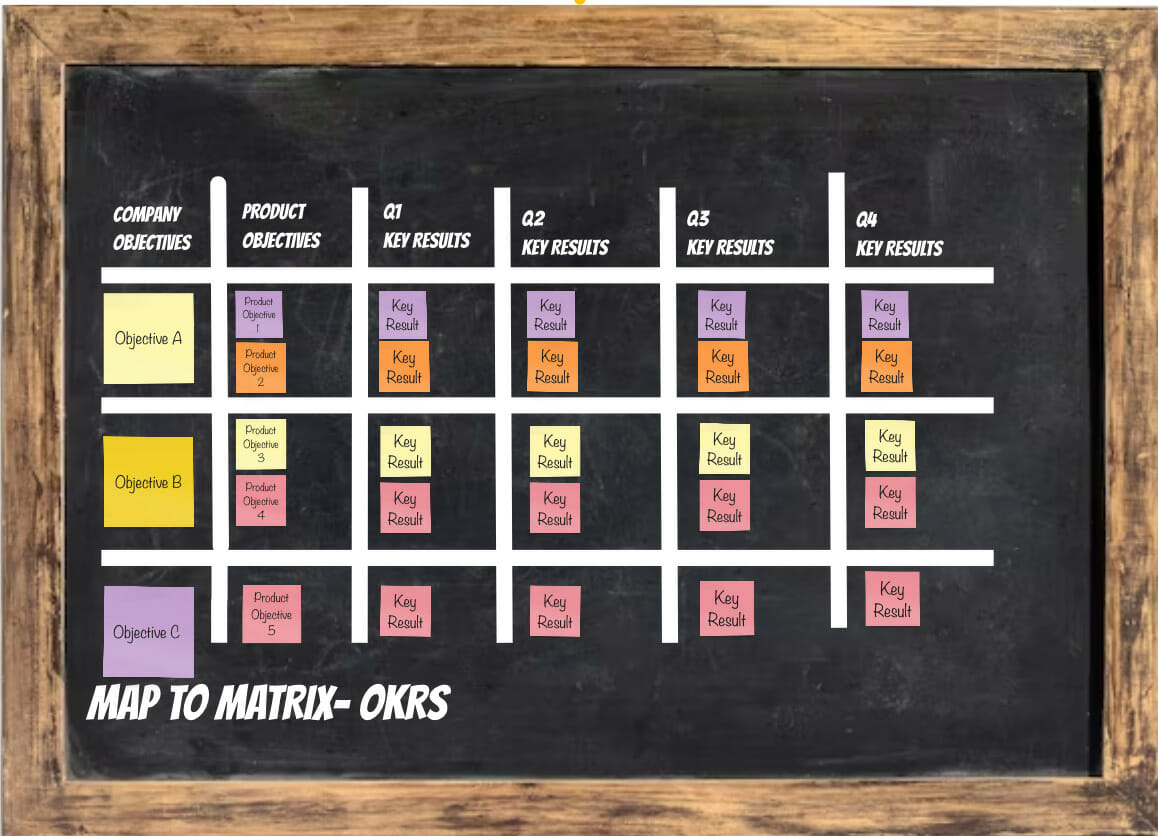

WHAM! A framework for workshopping product OKRs
source link: https://www.mindtheproduct.com/wham-a-framework-for-workshopping-product-okrs/
Go to the source link to view the article. You can view the picture content, updated content and better typesetting reading experience. If the link is broken, please click the button below to view the snapshot at that time.

WHAM! A framework for workshopping product OKRs
BY Ayesha Farhat ON MAY 18, 2023
OKRs are a great tool to drive a product team in the direction of the business strategy, but they can also be a means of motivating product teams. Product Director Ayesha Farhat shares a framework that she has used for product OKRs.
But setting meaningful OKRs that align with the organisational and business objectives, and at the same time motivate a product team, can be a challenge.
In his book 6 Habits of Growth, high-performance coach Brendon Burchard says that a fundamental principle of leadership is that “People support what they create”.
After a recent company gathering where the company strategy was presented, my team started asking how our product fit into the overall company strategy. Using this opportunity, I gathered the team for an OKR workshop. In this article I present the WHAM framework, my experiment to run an OKR workshop, that gives the product team the opportunity to ‘create’ objectives that they ultimately feel passionate about ‘supporting’, and that lead back into strengthening business goals.
Everyone in the room please!

Vector of a woman calling everyone to attention — By iwat1929 on Freepik
For a workshop to be a bang for the buck, everyone should come with their entire self. Both physically/virtually in the meeting room and mentally. After all, the outcome of this workshop will shape the things a team, and the contributing individuals, work on in the year ahead.
Hone their minds before the workshop:
- Remind everyone of all ongoing activities — a glimpse into the current sprint and backlog helps.
- Remind them of all ongoing discussions that have not yet materialised into technical activities but have the potential and have been part of ongoing team discussions.
- Introduce teams to new business activities that haven’t reached them yet, and that can potentially lead to technical work.
Try doing something as simple as sending an email a week in advance of the workshop. Alternatively, do something fancier like sending a slide deck they can browse through.
However many may not engage with these emails or slide decks — developers are busy trying to meet deadlines for business success. If this happens, give them the benefit of the doubt. Refresh the above ideas when you start your workshop. Just in case!
Once you’ve exposed their minds to what could be potential objectives, give them an understanding of the goals that other teams face in the organisation. Do a quick sneak peek of OKRs that other teams have developed— such as Sales. What we want to avoid is running in the opposite direction as the rest of the organisation.

— By johnstocker on Freepik
Vector of two men pointing in opposite directions
Why are we here?
After the pre-work is done, and everyone is (hopefully and fully) present, set some expectations. Define the outcomes of the workshop.
For our workshop, I put down the following outcomes:
- Walkthrough of Company Objectives
- Pick out 2–3 Objectives we believe we can contribute towards as a product team
- Define what we need to do to reach them
- Identify what success means (i.e. what must we do to claim we have achieved that goal)
- Fill it into our OKRs sheet or tool (whether that’s a Google Sheets, Excel Sheet or a custom OKR tool in your organisation)
PS: Remind the team what good OKRs are: Clear objective + Measurable outcome-oriented results.
WHAM! Finally!
Having set the stage for discussions, you can then use what I call the interactive WHAM framework for setting team OKRs. In this section we’ll talk through this framework.
W is for “Walkthrough” — Walkthrough Company Objectives and discuss each one. Have an open discussion around the team about whether that objective links back to the team’s work. Talk about some examples of how we can contribute or not contribute at all to that objective. This serves as a warmup and sets the groundwork for the interactive exercise that follows.

W- Walkthrough each Company Objective and discuss if/how it may be relevant to the work you do
H is for “How Can We” — Everyone casts a vote on the top 3 objectives they believe our product area can contribute towards.
Because we’re here to align the team’s goals with the objectives of the organization, everyone’s voice matters. You can also ask everyone to individually write down their top 3 Company Objectives on a post-it, without consultation with others. This way you can prevent the loudest voices from influencing the weaker ones.
Next, pick out the top-voted Objectives (2–3 are enough).
For the purpose of illustration, we ended up with the following as one of the top-voted high-level Company Objectives.
Company Objective: Deliver excellent product experience
Next, discuss in the group how the team can contribute towards each of the top-voted company objectives. The resulting ‘hows’ are the potential team Product Objectives that will support the Company Objectives.
The following are some examples of Product Objectives we ended up with:
Objective 1: Increase purchase value by introducing capability A in Market X
Objective 2: Derive improved results from Feature N by providing advanced analytics reports to partners.

Discuss How the Team can contribute to each objective (for some objectives, the team may not see any way they can contribute)
A is for “Achievement Outlook” — By now, you’ll have a set of Product Objectives that support business goals. To promote commitment to those goals, it’s important to measure progress. Therefore, for each Product Objective (the “how”) decide a reasonable measurement of success. What should be an indicator that the Objective has been achieved? This gives us the Key Result for that Objective. There can be multiple Key Results for an Objective.
However, results are meaningful when we assign a timeframe to them. So supplement the Key Results with a timeframe. When do we aim to reach that result?
For our Objective:
Increase purchase value by introducing capability A in Market X
We proposed the Key Result:
Capability A available for at least 1 Partner in Market X by end of Q2

Achievement Outlook — How do we measure we achieved the goal? What are our timelines for achieving the goal?
M is for Map to Matrix — Map out the “Objectives” and “Key Results” into a time-bound OKR matrix, that clearly links back to the Company Objectives. This matrix will be used to track progress throughout the year. Often, as the product evolves and customer needs change over time, the Key Results further away in the timelines will be adjusted to reflect those changes. And at times the Objectives may also be adjusted when there is a need to pivot.

Map the Goals (Objectives) and Achievement Outlook (Key Results) into an OKR Matrix
Parting words
Using a framework provided a guided approach to setting our Product OKRs, allowing us to link back the work we do (bottom-up approach), to our company’s objectives (top-down approach). The workshop also clarified the product outlook over the coming year, motivating the team when they saw the opportunities in front of us.

The WHAM framework for workshopping OKRs
For my team, this workshop is a yearly exercise. We plan to follow up on these OKRs each quarter, and adjust them as business evolves but we don’t need to run such an intensive workshop more than once a year.
Go WHAM your OKRs!
Discover more content on OKRs
Recommend
About Joyk
Aggregate valuable and interesting links.
Joyk means Joy of geeK
